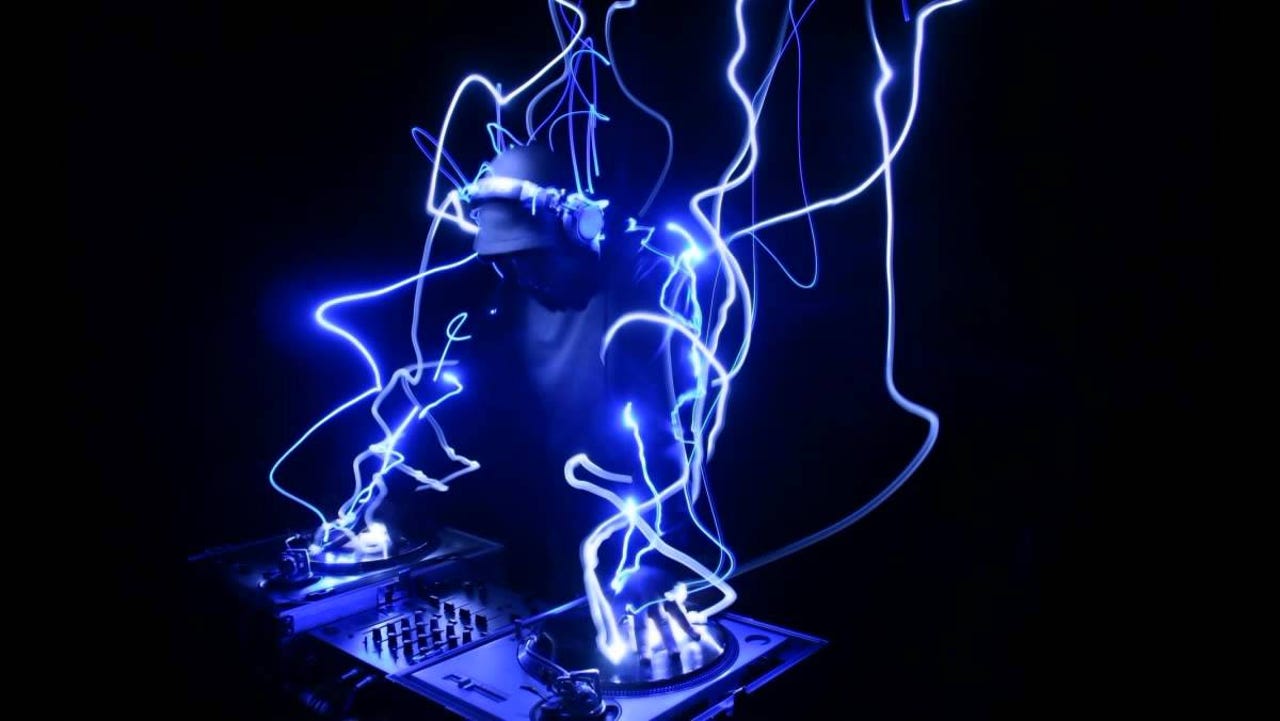Robot DJ uproar and the secret behind automation-resistant jobs


In time for the New Year, a nightclub in Prague called Karlovy Lazne Music Club debuted a robot disc jockey named DJ Kuka.
The single-arm robot grabs discs and changes songs with a gripper while bobbing along to music amid an extravagant light display.
Fans were a little underwhelmed.
Also: Laundroid: A home robot that folds and sorts clothes
"It can't feel what the people want to dance to," one attendee told Reuters. "There is no emotion behind the music. When there is a real person, they know what fun is like."
Industrial robots from Chinese-owned, Germany-based Kuka AG have become favorites for these sorts of stand-in demonstrations, where a robot takes the place of a human to perform a task not typically associated with automation.
A double-amputee danced with a Kuka arm during the opening ceremony of the 2016 Paralympics. Artist Huang-Yi performed a similar duet with a Kuka arm as part of the much-viewed TED segment above.
Kuka has capitalized on the trend in promotional stunts pitting robots against human competitors. In 2014, a Kuka arm "competed" against Table Tennis pro Timo Boll. Later, the same arm took on Boll in a chamber music showdown.
For those not up to speed on the international EDM scene, headlining DJs make gobs of money to spin for partiers in dance clubs around the world. The best DJs have cult-like status and demand six- and seven-figure appearance fees.
That's led to some head-scratching outside the EDM world. Modern DJs, after all, use laptops and electronic mixers, casting doubts on the live nature of their in-person performances. Indeed, several high-profile DJs have received flack from fans for playing pre-mixed, pre-arranged sets in supposedly live shows.
So why should a robot receive such bad reviews for a technically competent performance? Answering that question may hold the key to understanding whether there's such a thing as an automation-resistant job.
EDM revelers seem to glean something essential from the human element of the show, even if there's no way to tell whether the performer is using canned music. The energy a performer brings to the effort, along with a sense that anything can happen, including mistakes, adds to the experience.
You don't have to look far for corollaries. It won't be long until a driverless Formula One car can outmaneuver the top racers competing today (although the fastest motorcycle racer on earth seems to be holding his edge over Yamaha's robot), but don't expect an all-robot racing league anytime soon.
That's because fans aren't looking for technical perfection. They're looking for subtleties of decision-making, and especially for outside-the-box thinking.
Even the above examples of robots dancing with humans is instructive. It's the human element that makes those demonstrations compelling. With a human in the mix, there's opportunity for improvisation, unpredictable nuance, and, of course, failure.
In all cases, the differentiator might be described as some element of on-the-fly creativity. Indeed, creativity might be the single strongest bulwark against automation in some fields. That's both because humans place some intrinsic value on human creativity, as in the examples above, and also because robots have a hard time replicating the creative process.
Famed computer scientist Ken Goldberg, who has studied the problem of automating creativity and even built a painting robot, argues the point a compelling Nautilus interview:
Just adding more speed or neurons or processing units doesn't mean you end up with a smarter or more capable system. What you need are new algorithms, new ways of understanding a problem. In the area of creativity, it's not at all clear that a faster computer is going to get you there. You're just going to come up with more bad, bland, boring things. That ability to distinguish, to filter out what's interesting, that's still elusive.
That stance is backed up by recent surveys of employers.
U.K. non-profit Nesta recently conducted a survey in which it found that 21 percent of US employment requires people to be "highly creative." Among those jobs, 86 percent are at low risk from automation.
That's an incredible statistic given how much alarm there is over the very real risk of automation to jobs. It's also instructive for those attempting to outmaneuver automation in their industry.
Skills are easily replicated. Far less easy to manufacture is creativity. The trick to stay relevant in a quickly-changing technical environment, it seems, will be to position yourself not just as an expert, but as a creative force in your field.